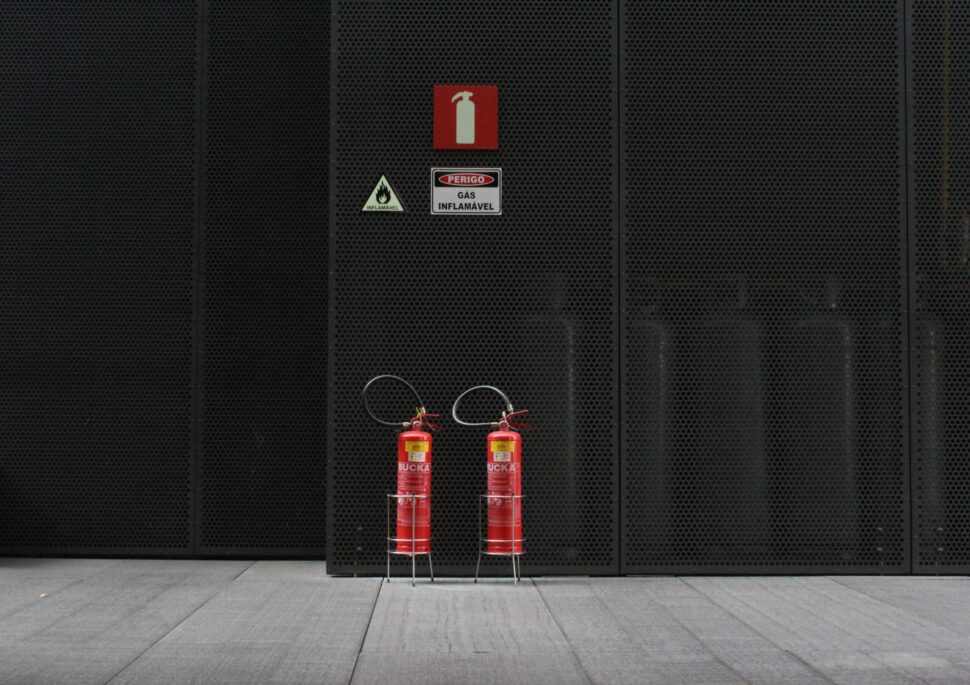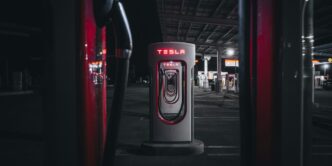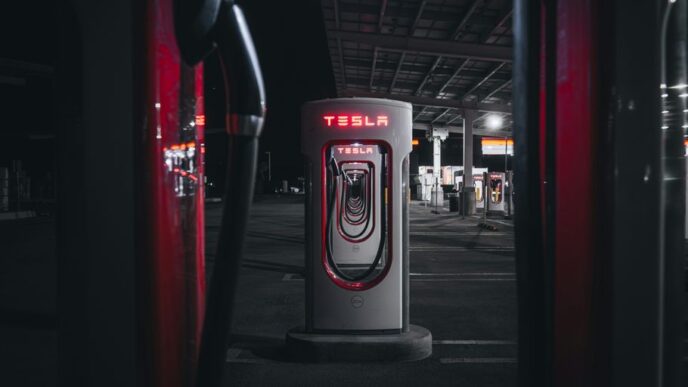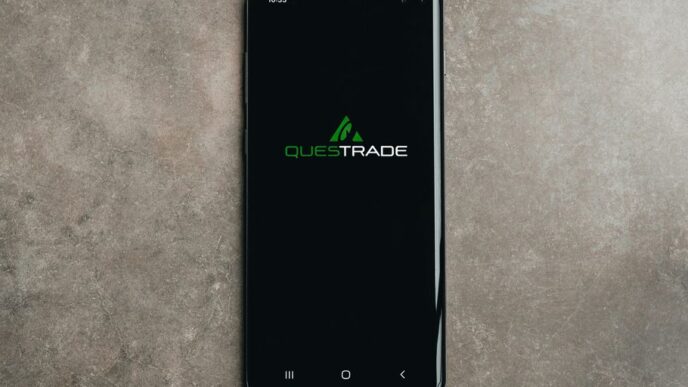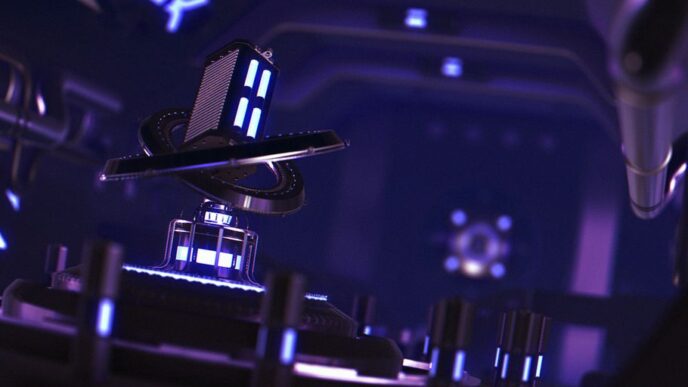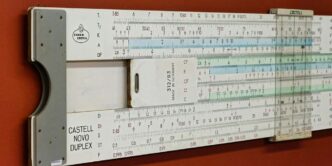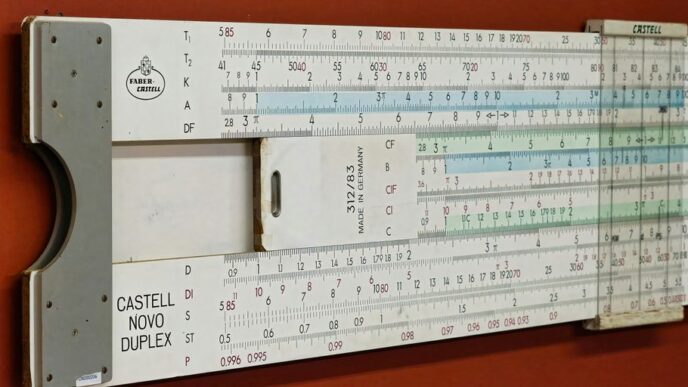Humans have been doing their best to combat the destructive potential of fires for centuries, but it’s only within the last century or so that fire suppression methods have significantly advanced. How exactly has fire suppression technology evolved over the years, and what does the current landscape of fire suppression technology look like?
The Modern Landscape of Fire Suppression
Fire suppression systems today come in many forms, though they all share the same goals as their earlier, less advanced counterparts: actively responding to a fire in progress. Ideally, a fire suppression system will be able to completely extinguish a fire, saving people from harm and preventing any further damage. Even in cases where this isn’t a possibility, fire suppression systems should be able to slow the spread of the fire and buy time for people to escape and for more help to arrive.
Classic water sprinkler fire suppression systems, while antiquated, are still in common use. But these days, it’s more common for businesses to use more advanced, modular systems with clean agent suppression; this is a marked improvement over water suppression because it’s less capable of doing damage, it requires less maintenance and is much less expensive to install.
Still, it’s impossible to concisely capture the modern landscape of fire suppression because there are so many different types of systems that are available. Technological advancement has led to a diversity of different systems and functionality goals in this space.
A Brief History of Fire Suppression
Back in 1872, fire suppression entered the stage, thanks to Philip Pratt’s automatic fire sprinkler system. Before this, it was possible (and common) for people to use manually activated pipe systems to protect important things (like textile mills). Immediately, people began to adopt this automated form of fire suppression, and within a few years, people were actively improving upon it.
Until the 1940s, automatic water sprinkler systems were used almost exclusively in commercial applications. And today, it’s still possible to find these systems in many buildings and institutions, in part due to legal requirements.
Throughout the 1970s, scientists and engineers attempted to perfect this method of fire suppression, improving flow rates, creating better conditions for more consistent activation, reducing overall costs, and reducing or eliminating specific maintenance needs. It was around this time that fire suppression experts began exploring new territory, with different agents and different deployment methods altogether.
Advancements in Fire Suppression Technology
Ultimately, advancements in fire suppression technology can be described in the following categories:
- Fire suppression agents. There are many different types of agents that can be effective in mitigating fires, and we keep discovering and refining new ones. Most people know that water is an effective fire suppression tool, but it comes with several problems, including the fact that it causes damage to electronics and certain types of structures. Fire suppression agents must address some combination of the three elements necessary for a fire to continue: heat, oxygen, and fuel, and they must address these elements in a way that suits the goals of the fire suppression purchaser.
- Modularity and portability. Increasingly, fire suppression technologies are advancing in the direction of modularity and portability. Having modular, easily detachable and portable elements makes these systems more affordable and more flexible.
- Cost efficiency. For obvious reasons, engineers are constantly searching for ways to make fire suppression systems more cost efficient. Depending on the nature of the discovery, any advancement here can reduce the cost of fire suppression systems, improve profitability for the company making those systems, or both.
- Maintenance requirements. Ideally, a fire suppression system should require little to no maintenance, reducing costs and increasing both convenience and reliability. We haven’t completely eliminated the need for maintenance yet, but we’re getting closer.
- Installation. Installing an older water sprinkler system was a nightmare for any pre-existing building. But installing modern, modular fire suppression systems is much easier and can be done without any major plumbing changes.
- Cleanup. Fire suppression researchers also optimized for cleanup. If cleanup and restoration after a fire suppression system activates is as expensive as damage from the fire, people are going to be skeptical about the value of such a system.
- Integrations. Modern and future fire suppression systems will likely integrate with other technologies, connecting to sensors and apps to make functionality more cohesive and increase transparency for users.
- Niche functionality. Some systems are designed with specific niche functionality in mind. For example, some fire suppression systems are tooled for use in specific industry applications.
It’s clear that fire suppression system technologies have advanced considerably over the last century and a half, and it’s likely that they’ll continue improving in the future. Be on the lookout for even more advanced systems in terms of functionality, cost efficiency, and safety.

